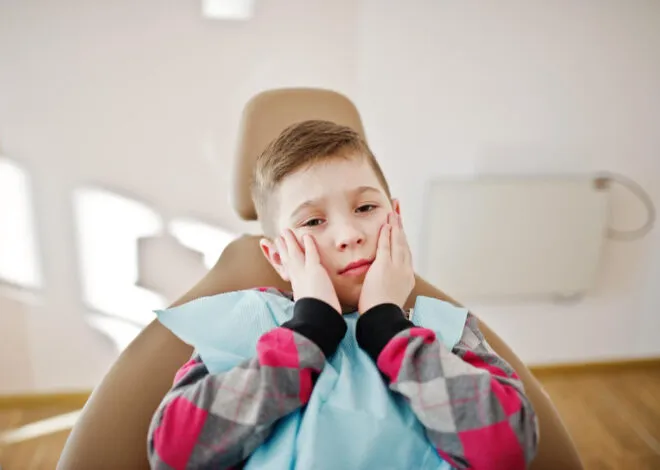Should kids get more exercise? The clear answer is yes. These days, children in the United States don’t do as well on fitness tests as kids did in the past. In addition, a growing number of kids show signs of heart disease, diabetes and other health problems linked to a lack of exercise.
Significance
The U.S. Department of Agriculture emphasizes that fitness matches good nutrition as an important factor for kids’ growth and development. Research has shown that kids who don’t exercise grow into adults with higher risks for heart disease and diabetes. The American Diabetes Association warns that a surprisingly large number of kids now develop Type II diabetes. The disease was once almost unknown in young people.
Benefits
Regular exercise can help reduce a child’s risk for Type II diabetes. Fitness also helps kids to control blood pressure, develop muscle and bone strength,and improve heart function. Girls who exercise may reduce their risk for osteoporosis later in life. In addition, kids who begin to exercise generally see improvements in concentration, memory and classroom behavior.
Considerations
The American Academy of Pediatrics reports that cases of obesity increase as kids get older. That’s true even though older kids have a wider range of exercise options–especially organized sports–available. National fitness evaluations show that today’s kids test weaker and slower than past generations.
Misconceptions
Parents and guardians may assume that kids naturally get enough exercise. Some parents believe that school gym programs provide kids with enough fitness opportunities. In fact, budget cuts at schools, shifting priorities and time considerations mean that most schools do not provide kids with the minimum recommended amount of daily physical activity.
Trends
At home, TV and video games have replaced sports and games for many kids. The average high school student watches at least 4 hours of TV every day.
Prevention/Solution
According to the President’s Council on Physical Fitness and Sports, children and teens need at least 60 minutes of activity every day. The hour can be broken into smaller sections to fit busy schedules. According to the council, fewer than one-fourth of high school students get the minimum amount of exercise.
Options for Change
Local parks, community centers and YMCAs often offer physical activities for kids. These programs provide a structured, safe environment for kids to exercise. They also allow parents an easy means to ensure that their children spend enough time on physical activities each day. The benefits of exercising when young can include a lifetime commitment to fitness. Let children choose sports or activities they enjoy and will continue. Kids are more likely to exercise when they see adults around them do the same. Good role models make a difference.





